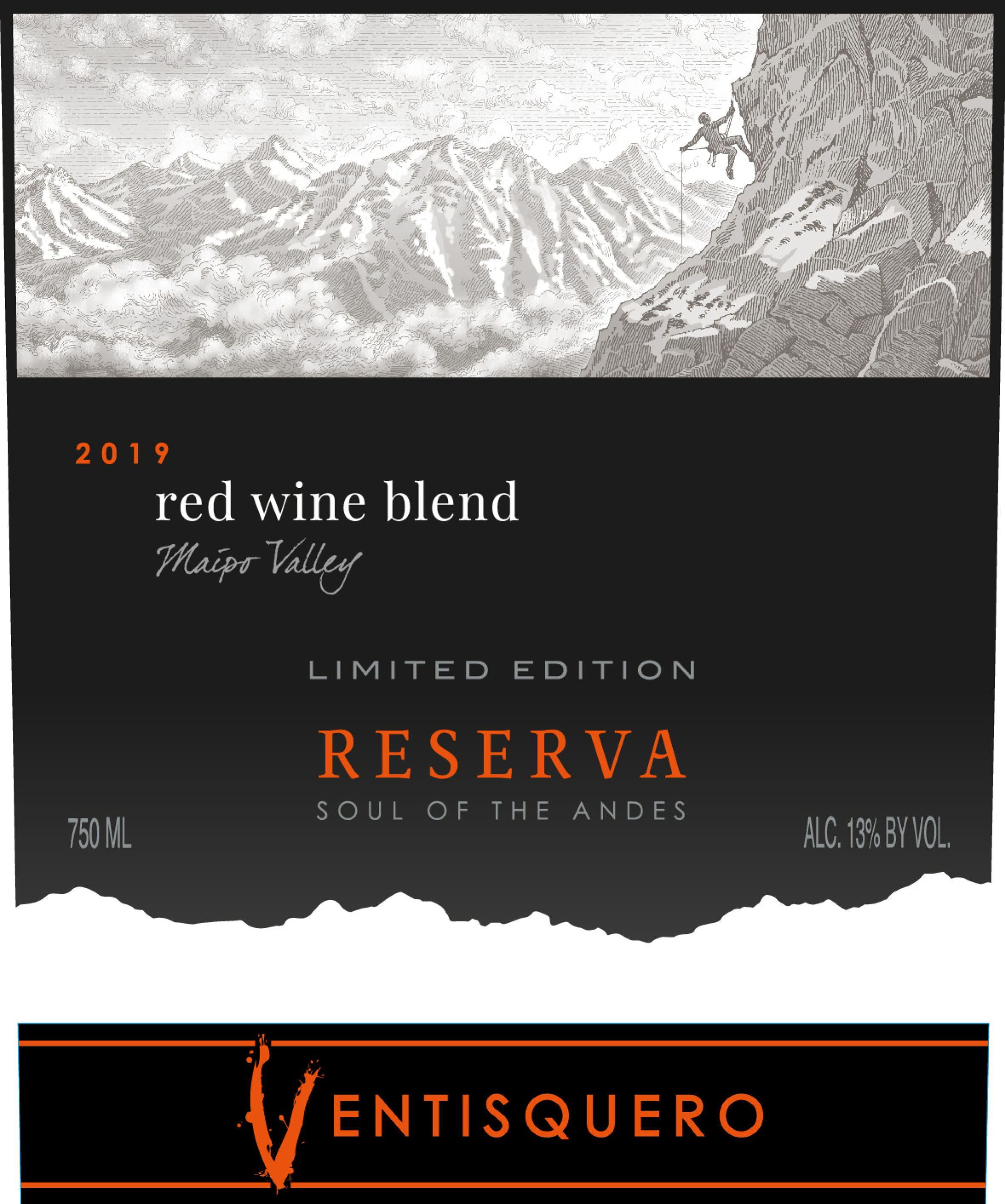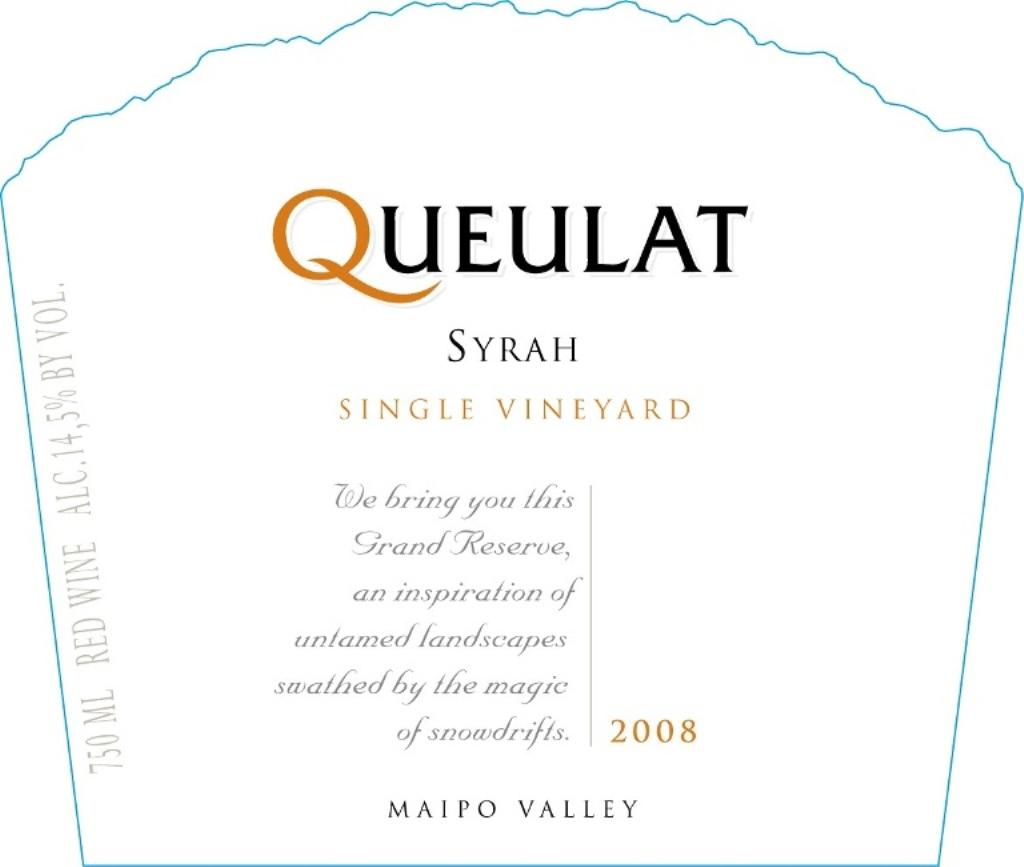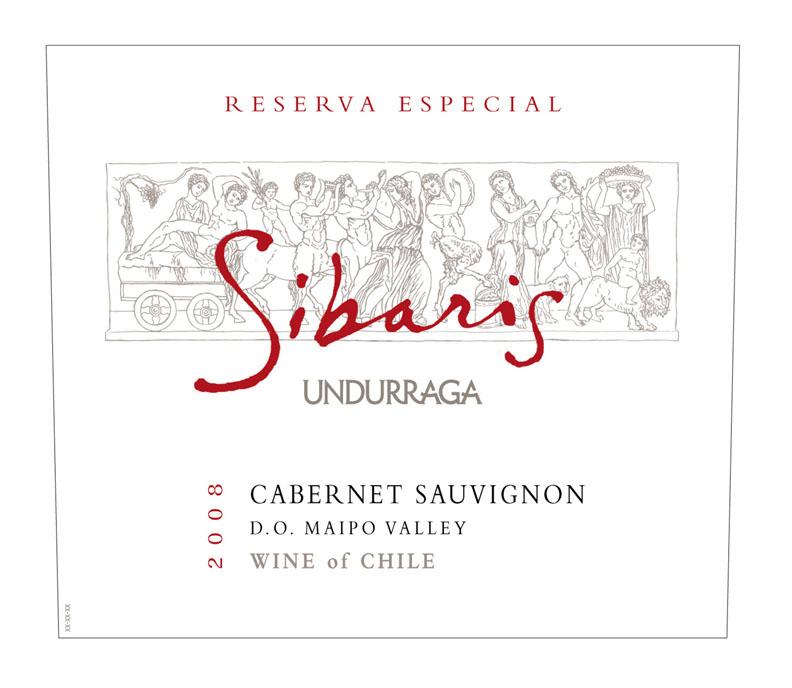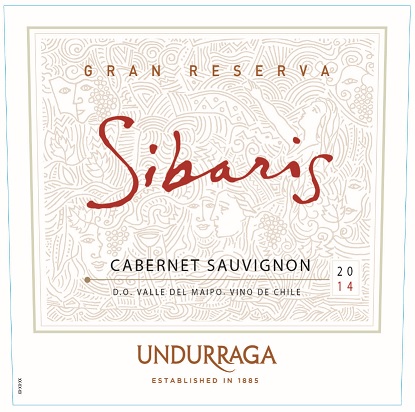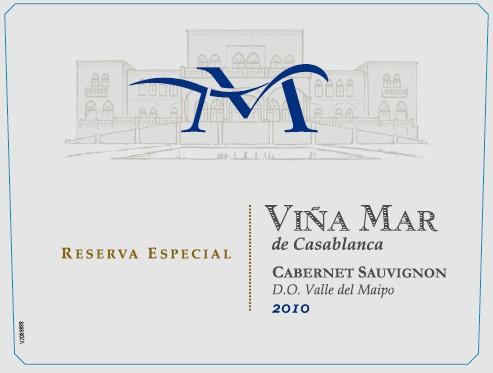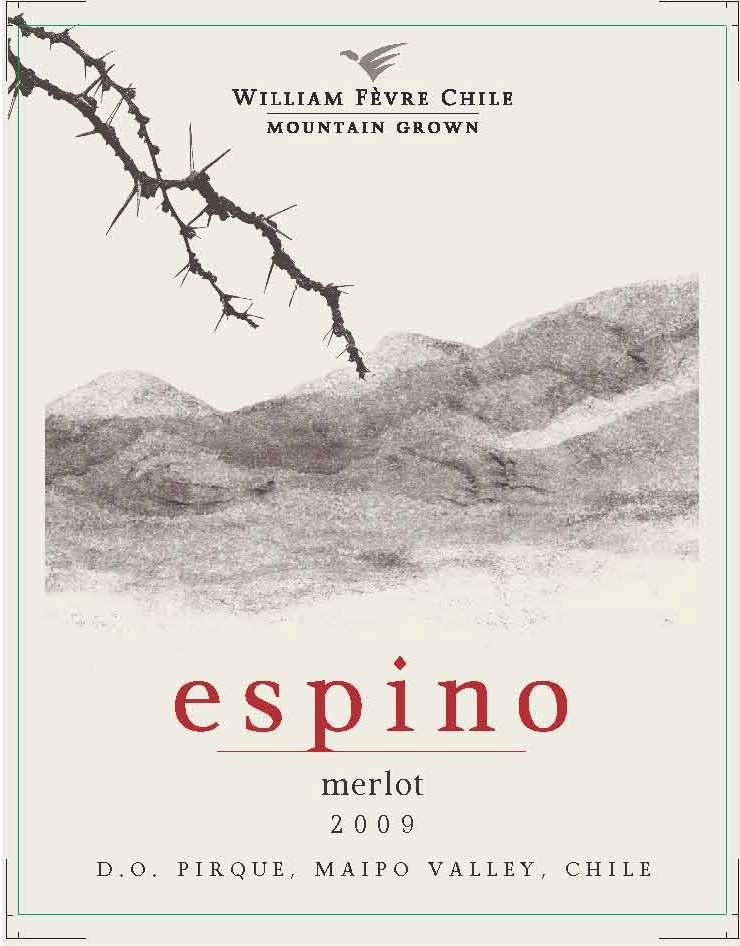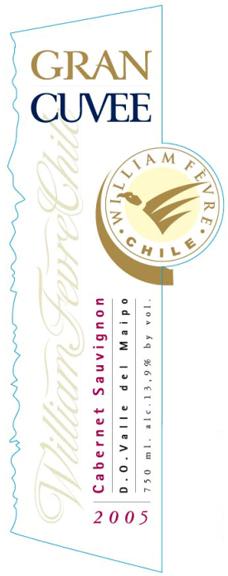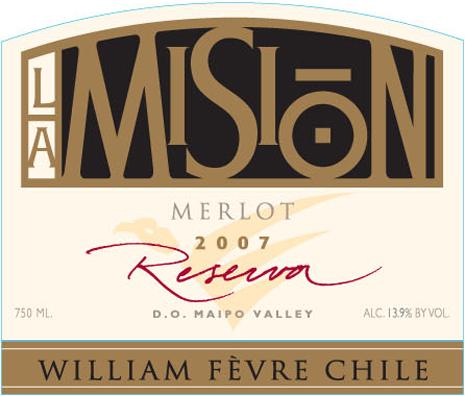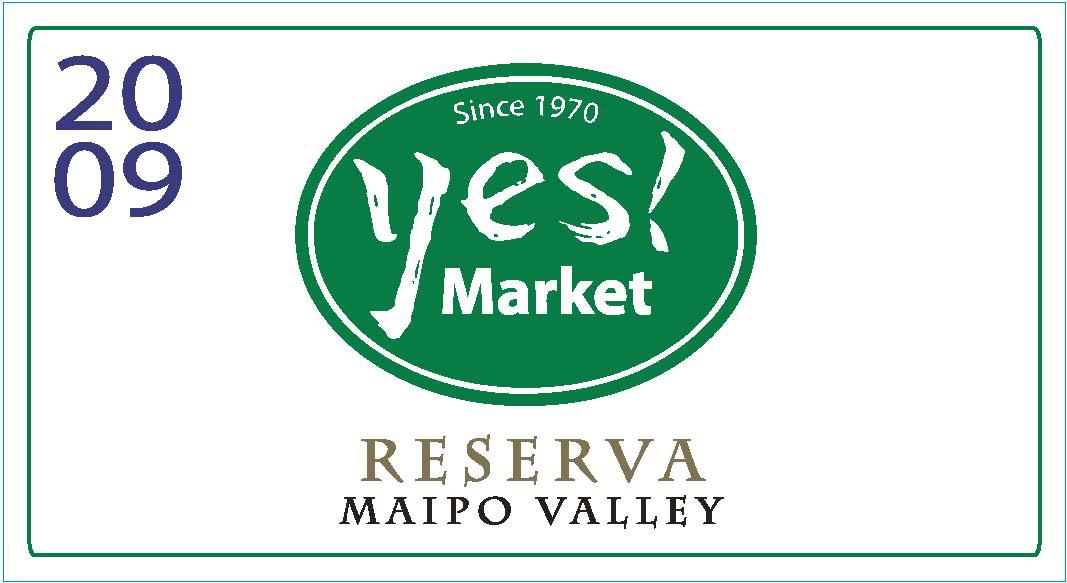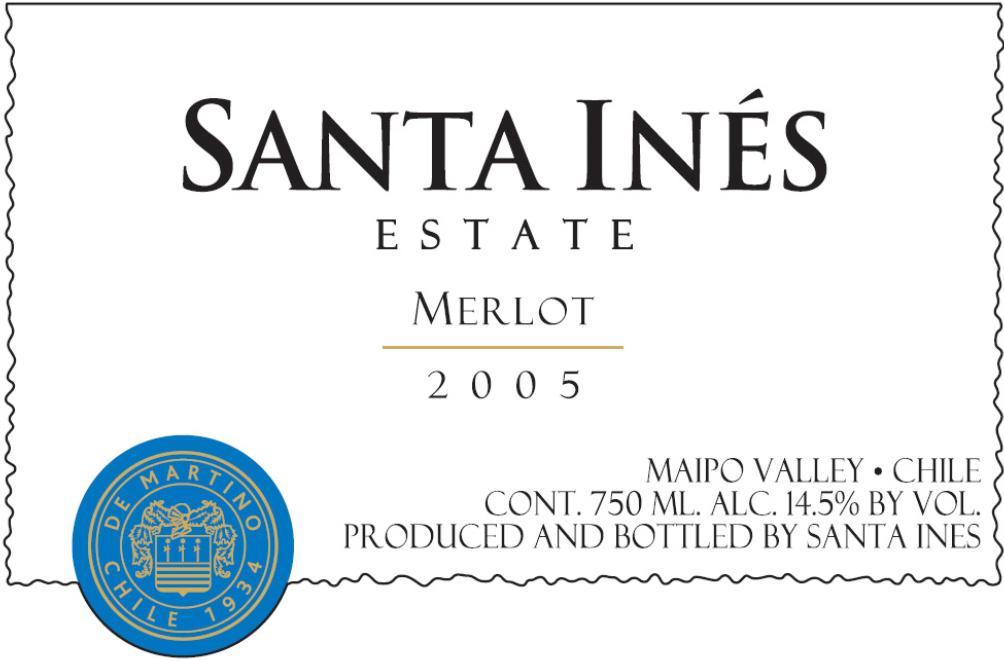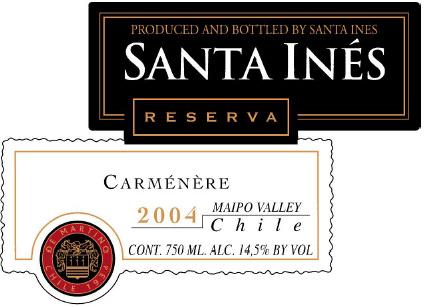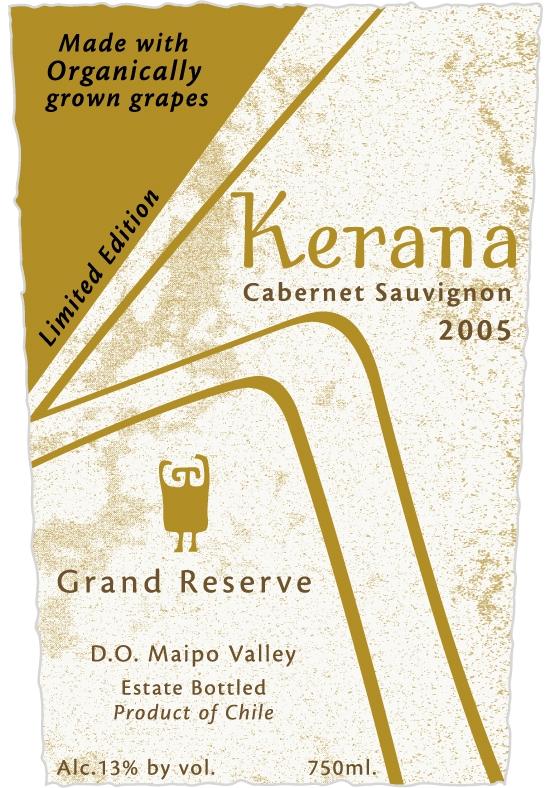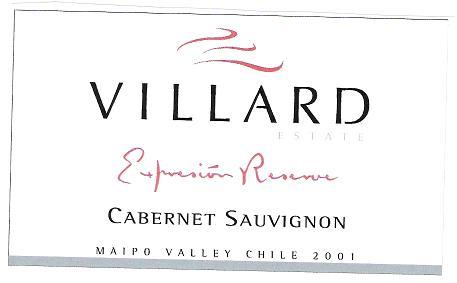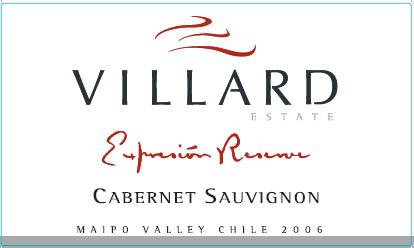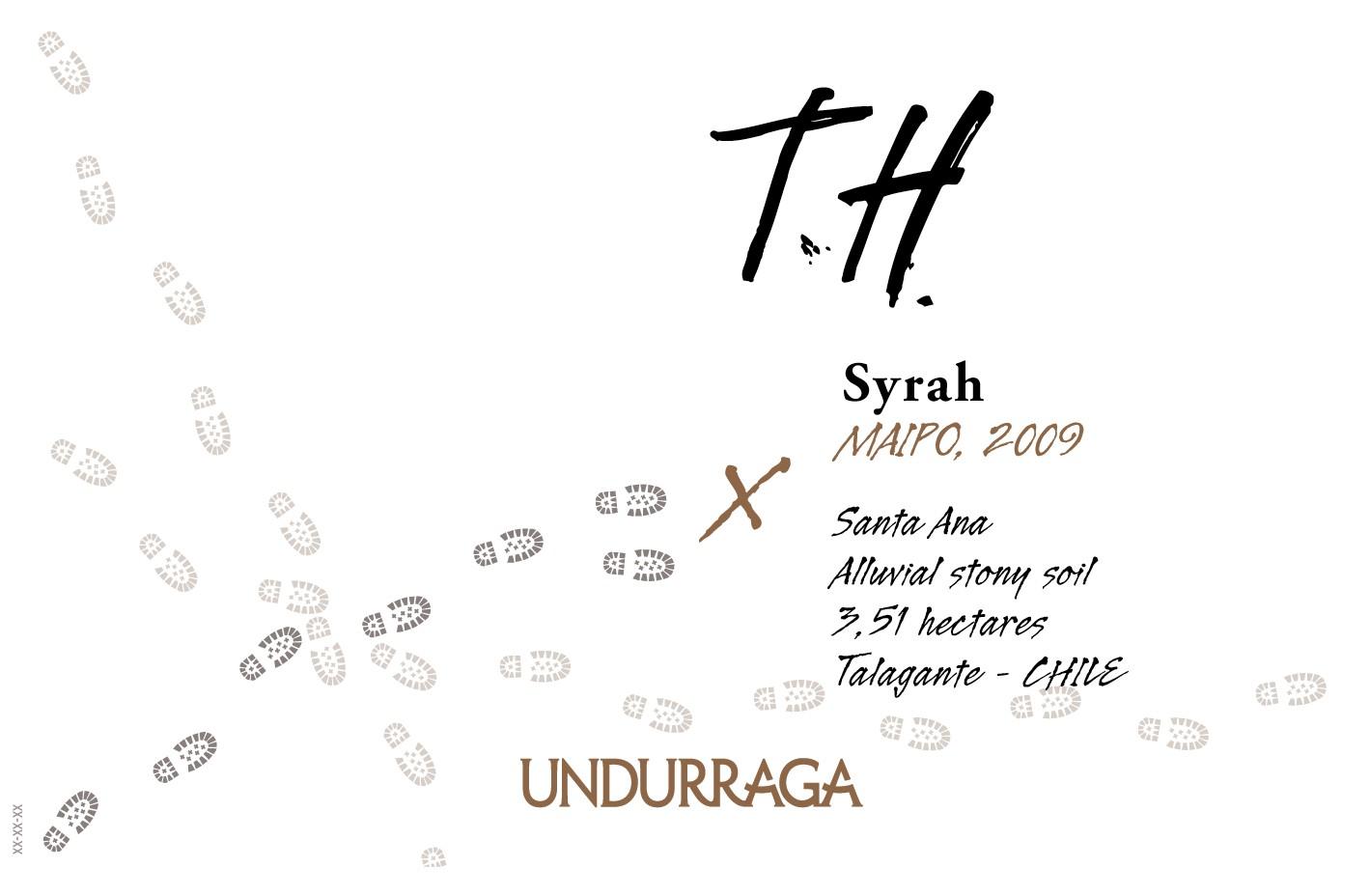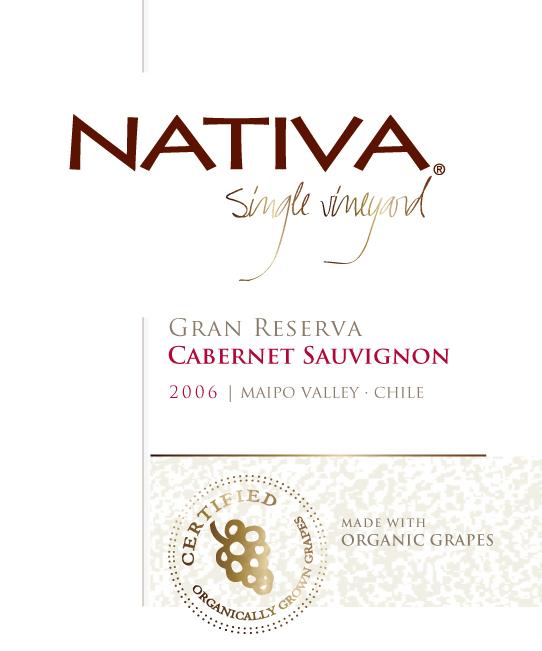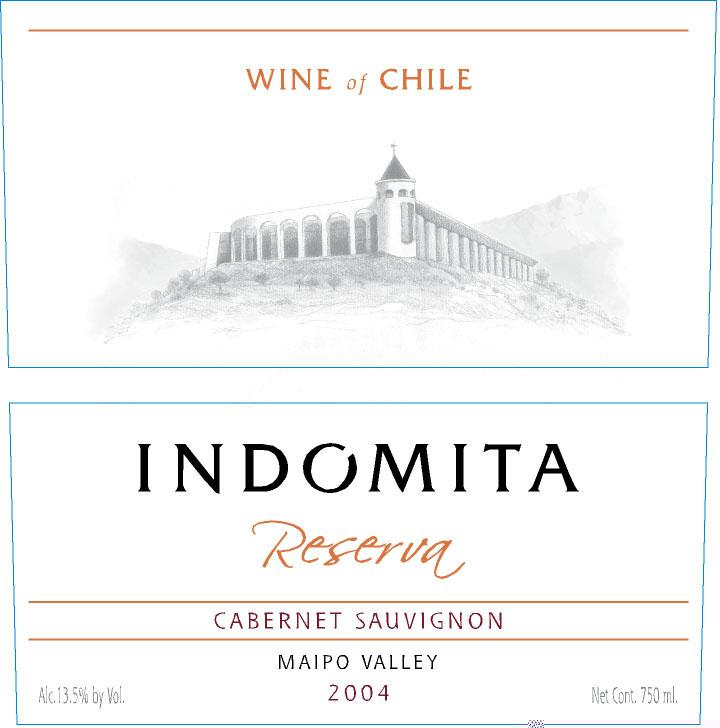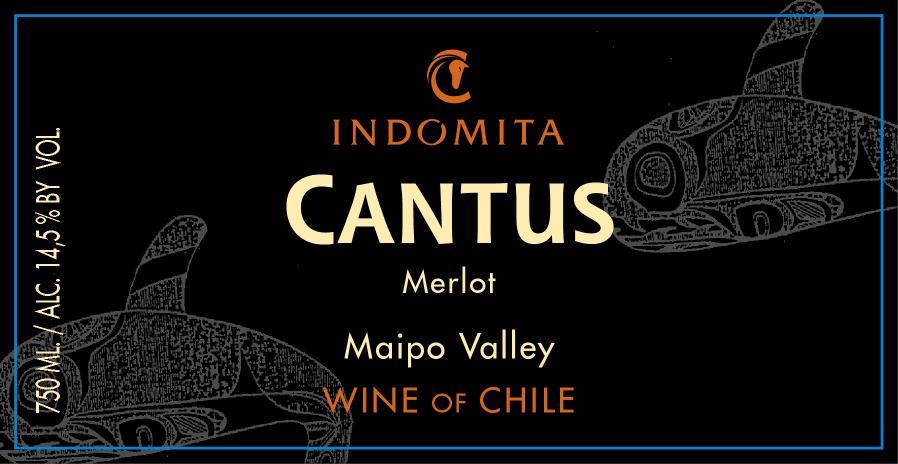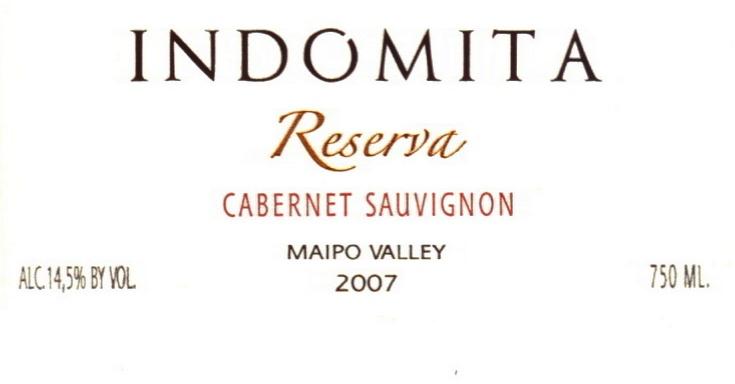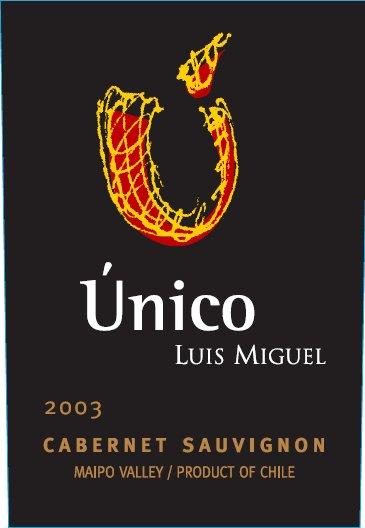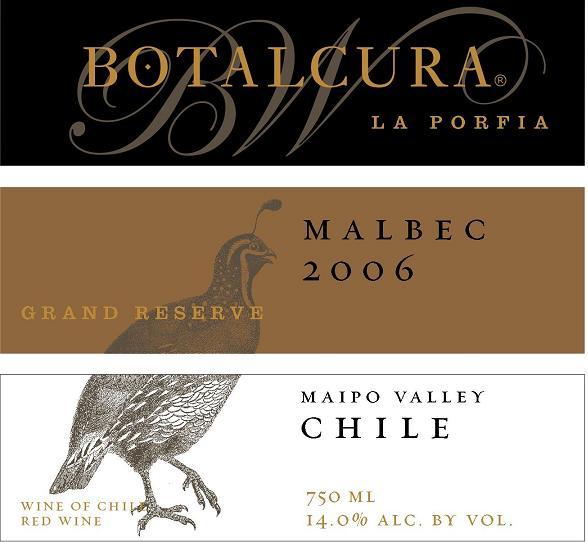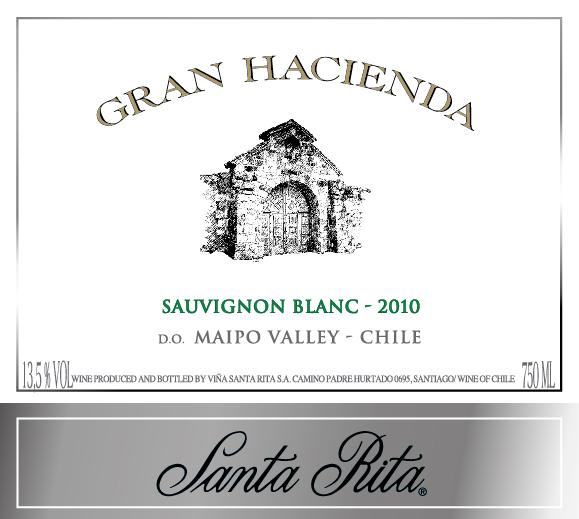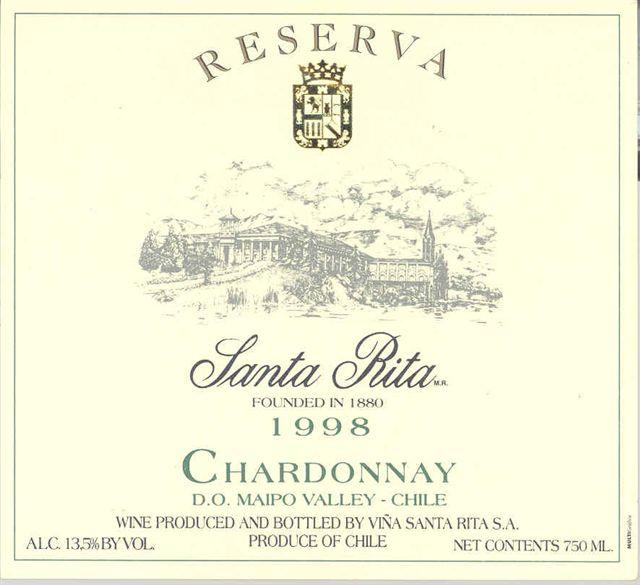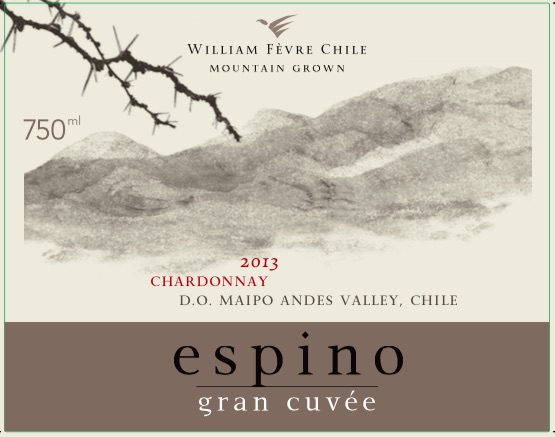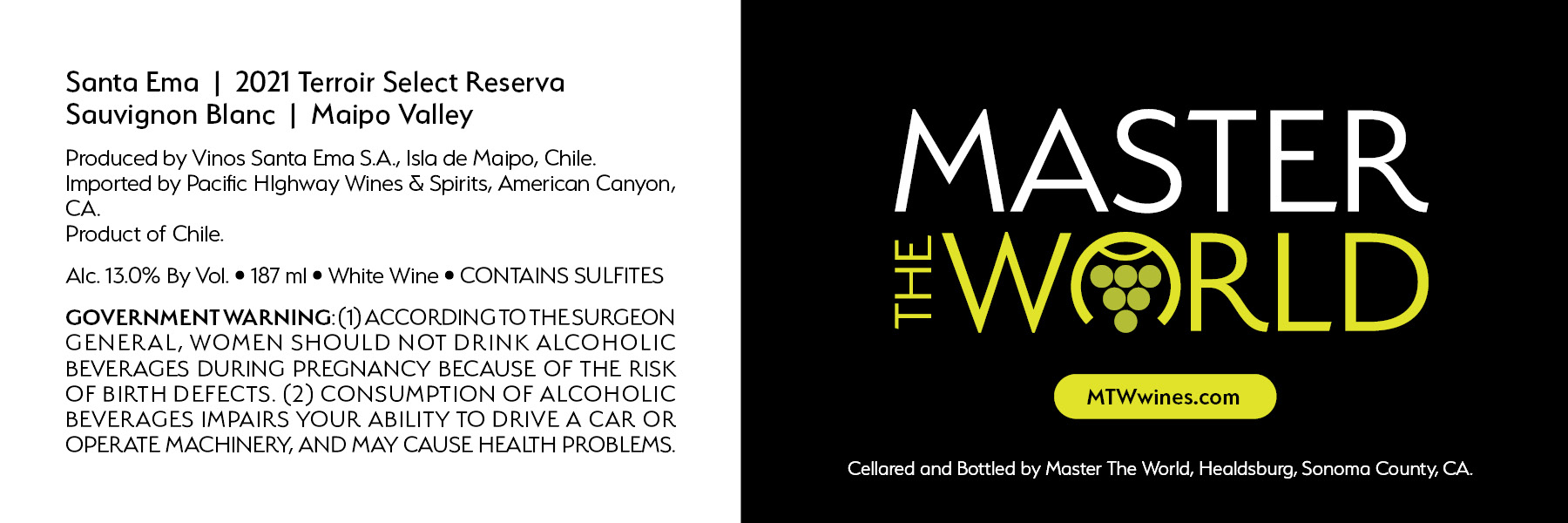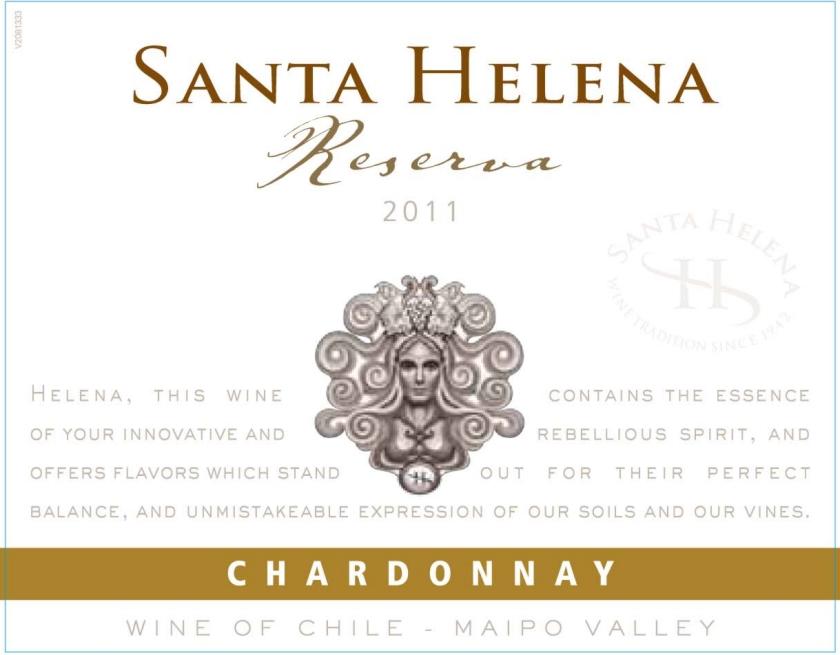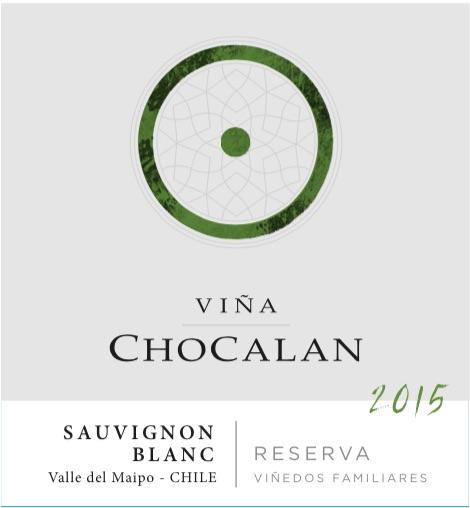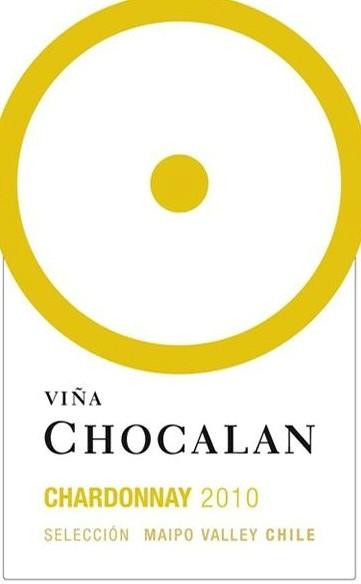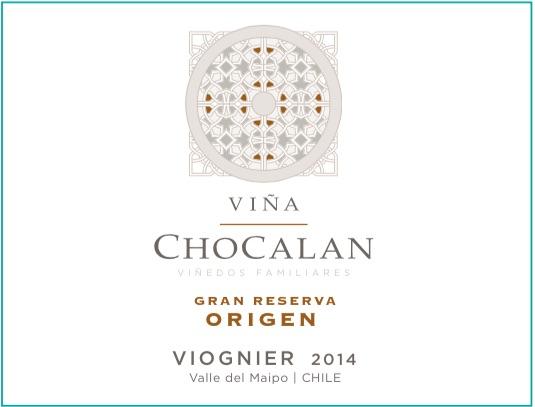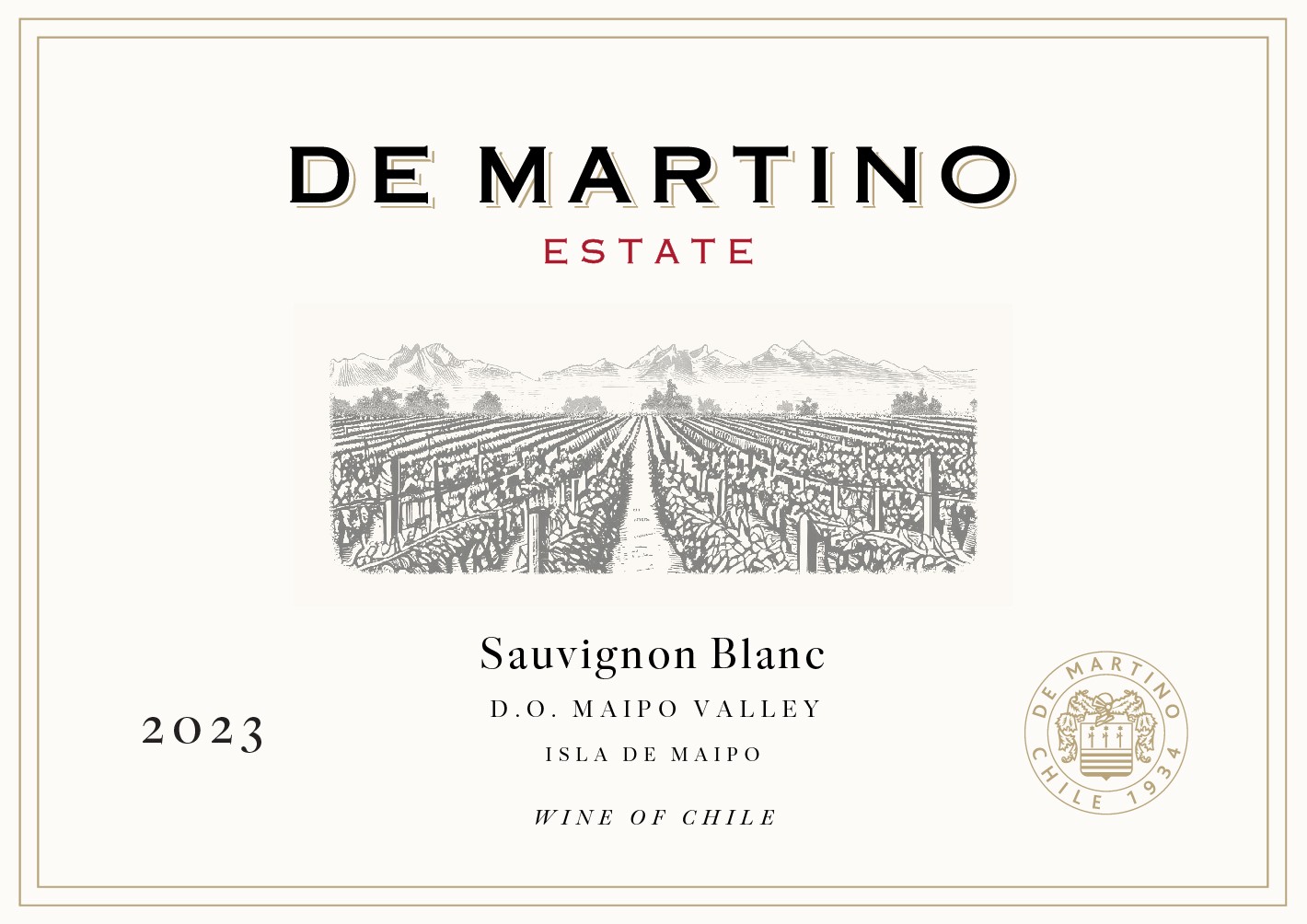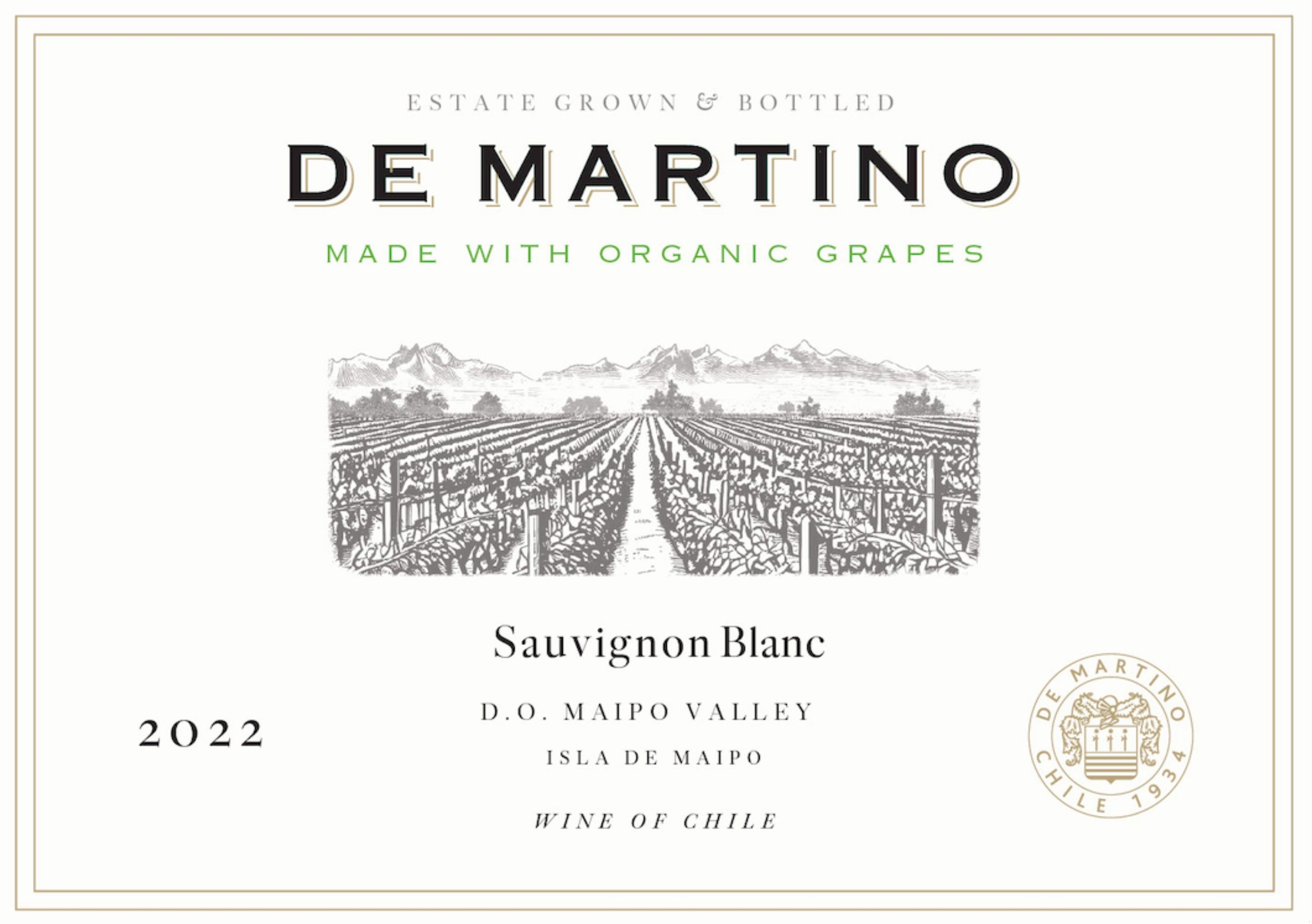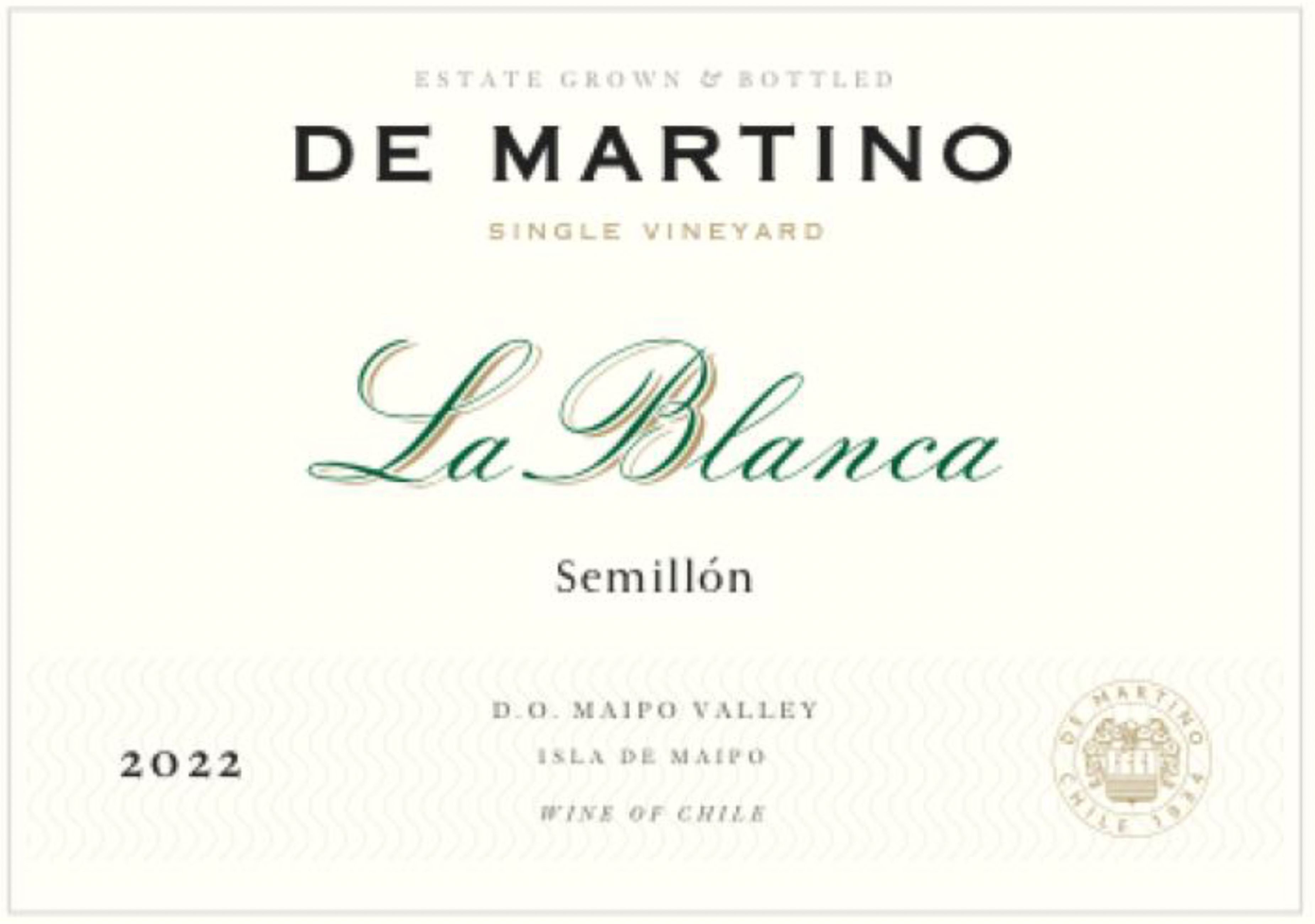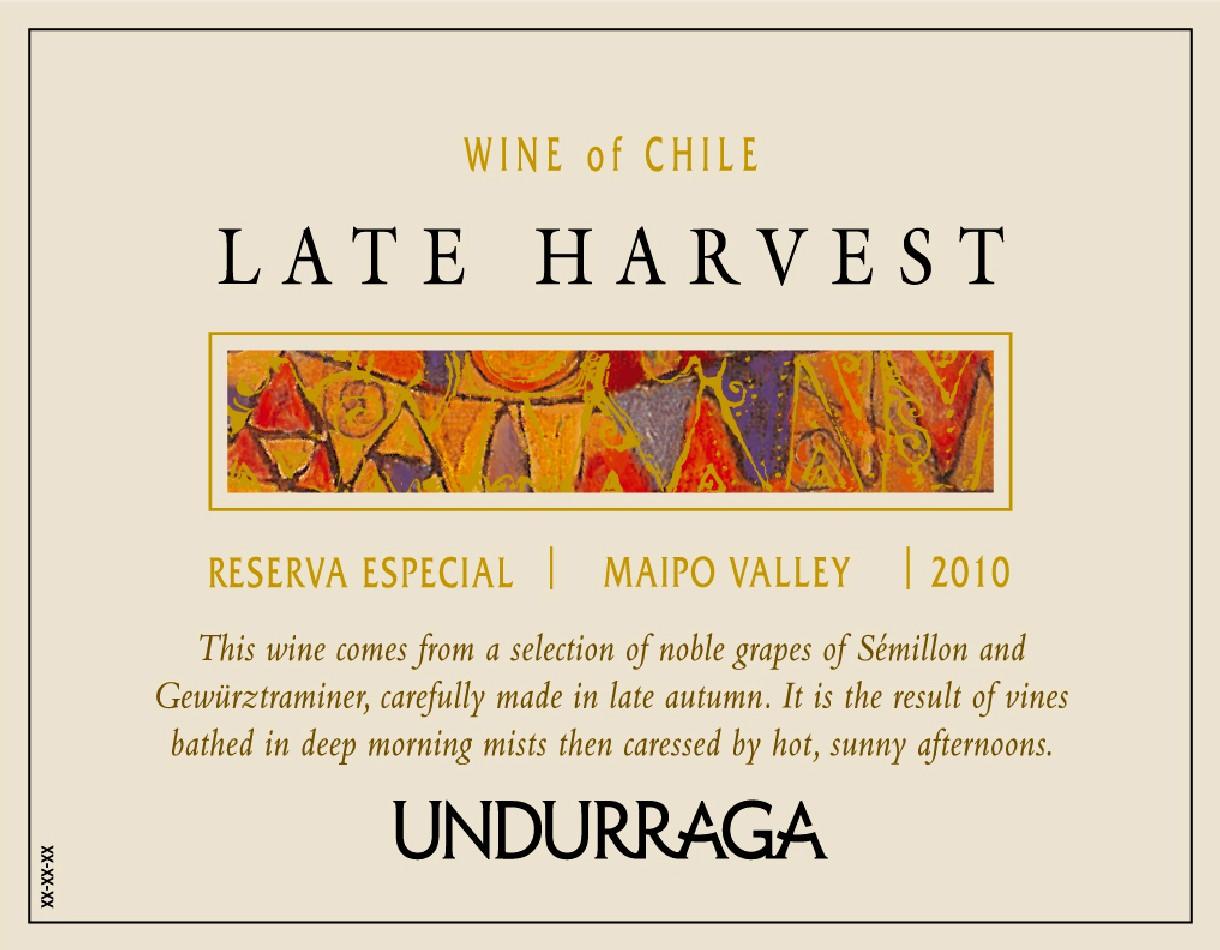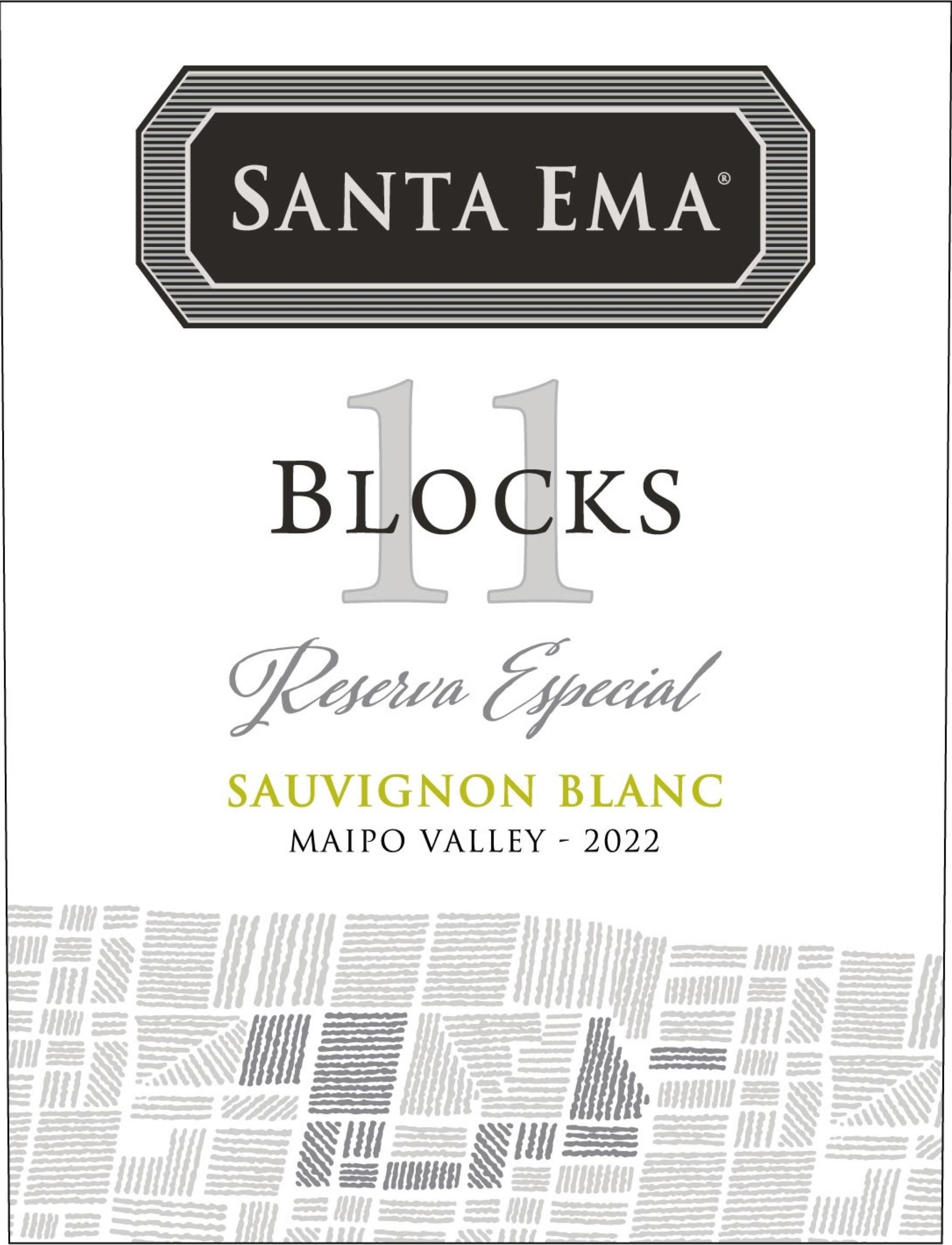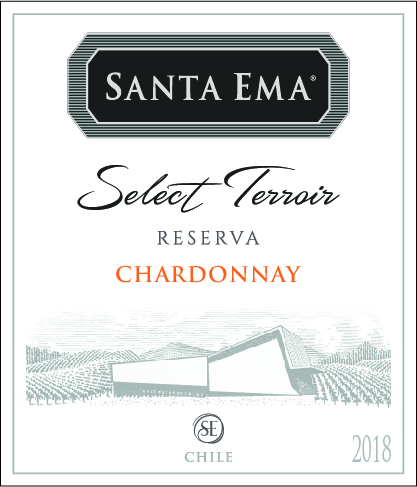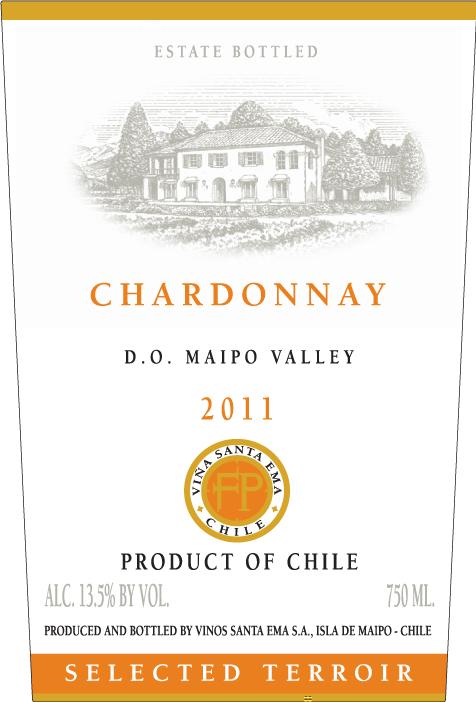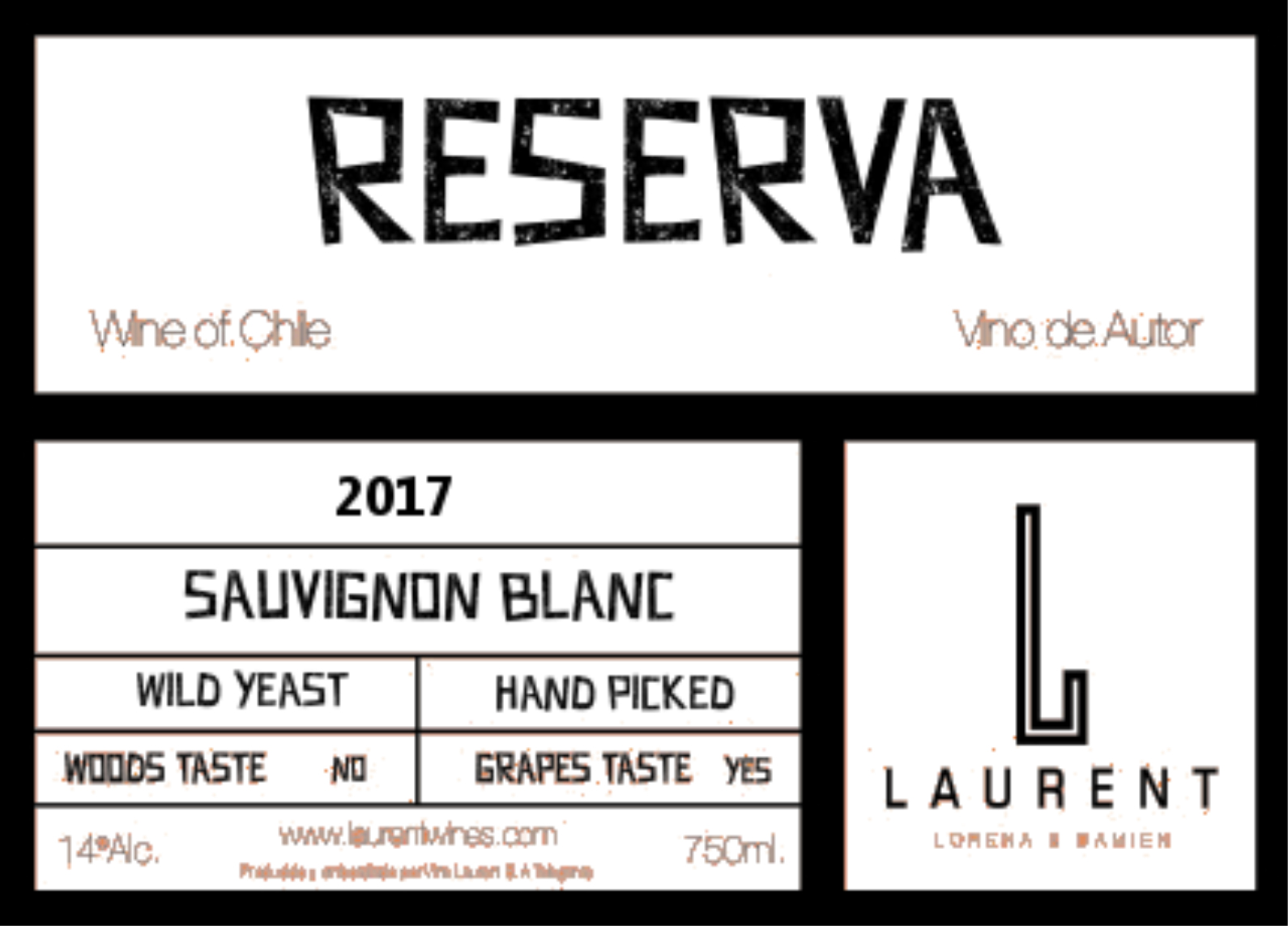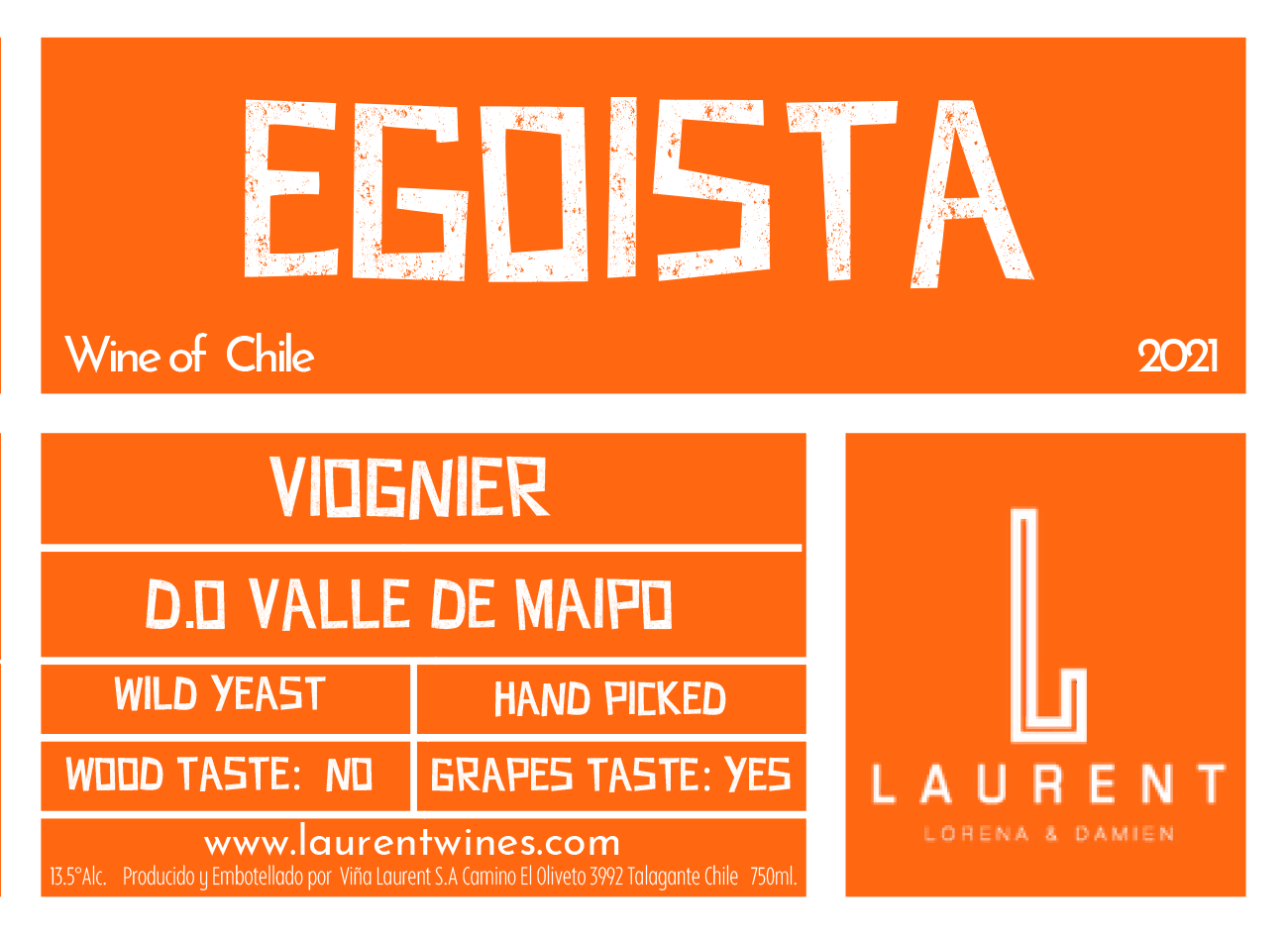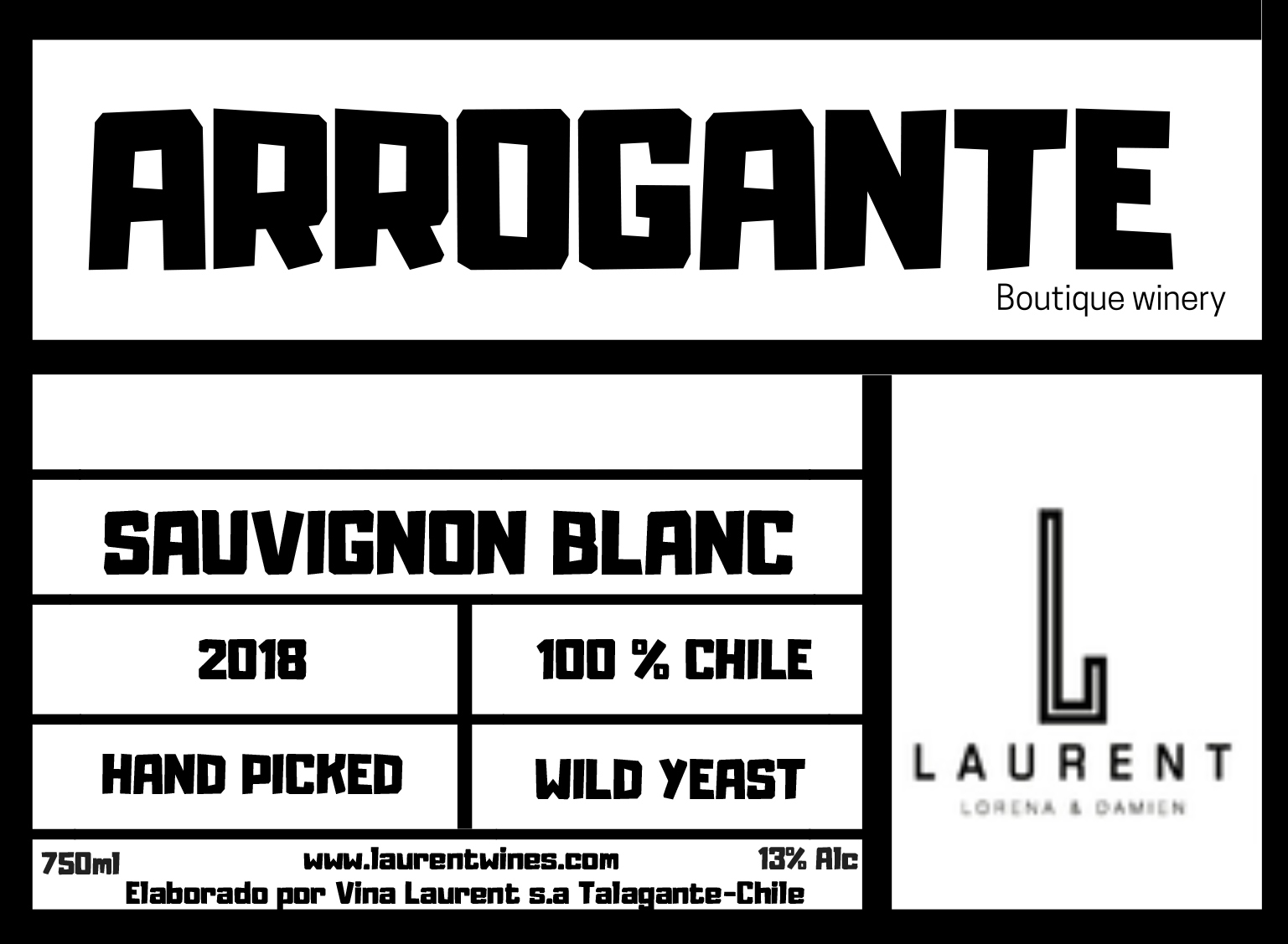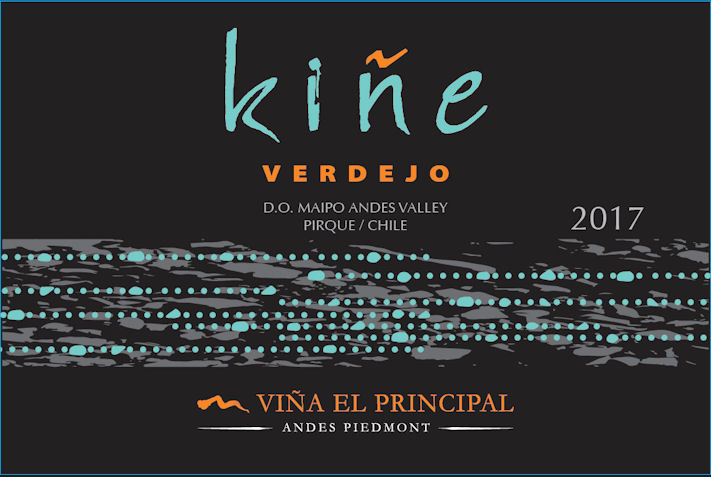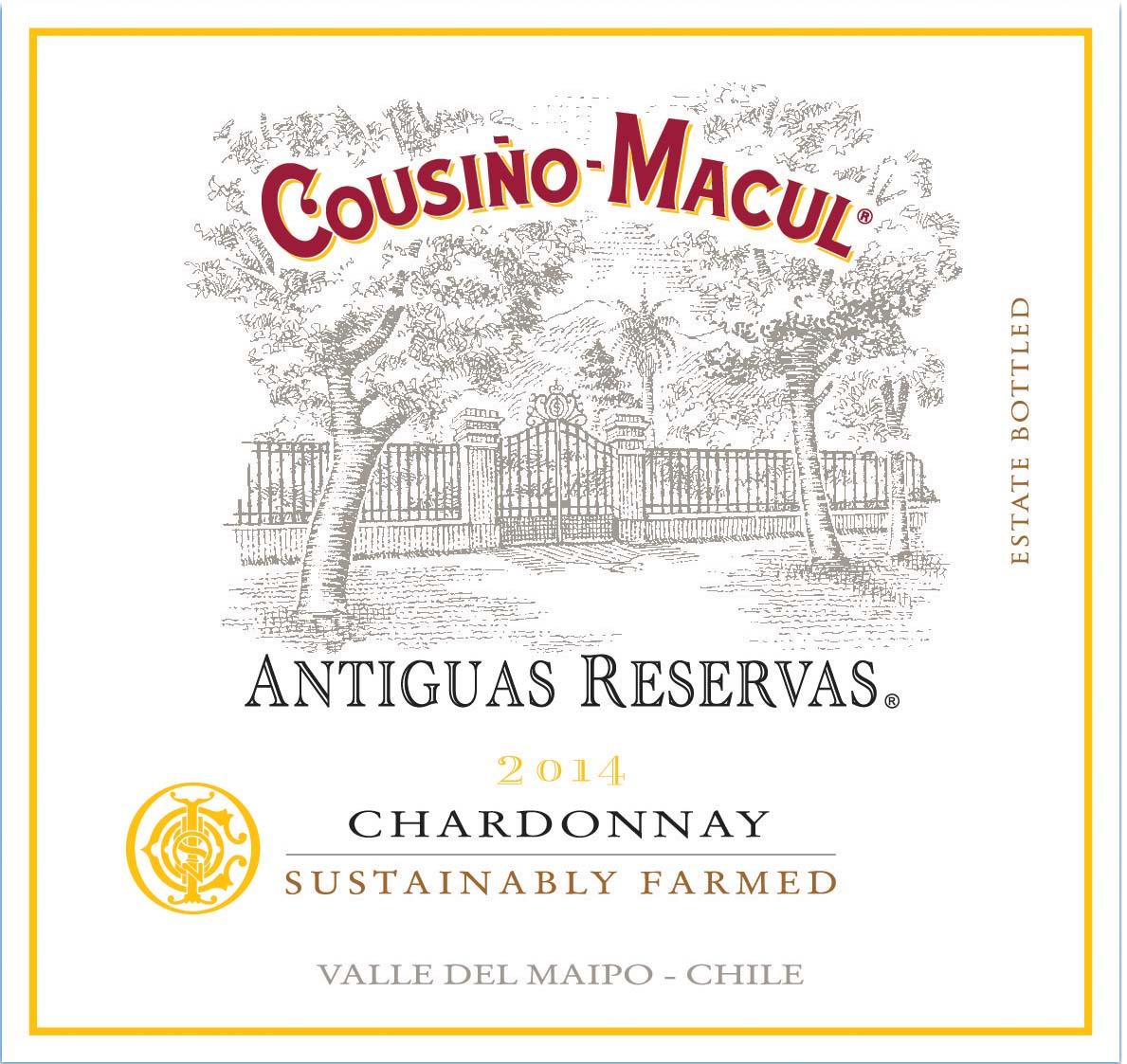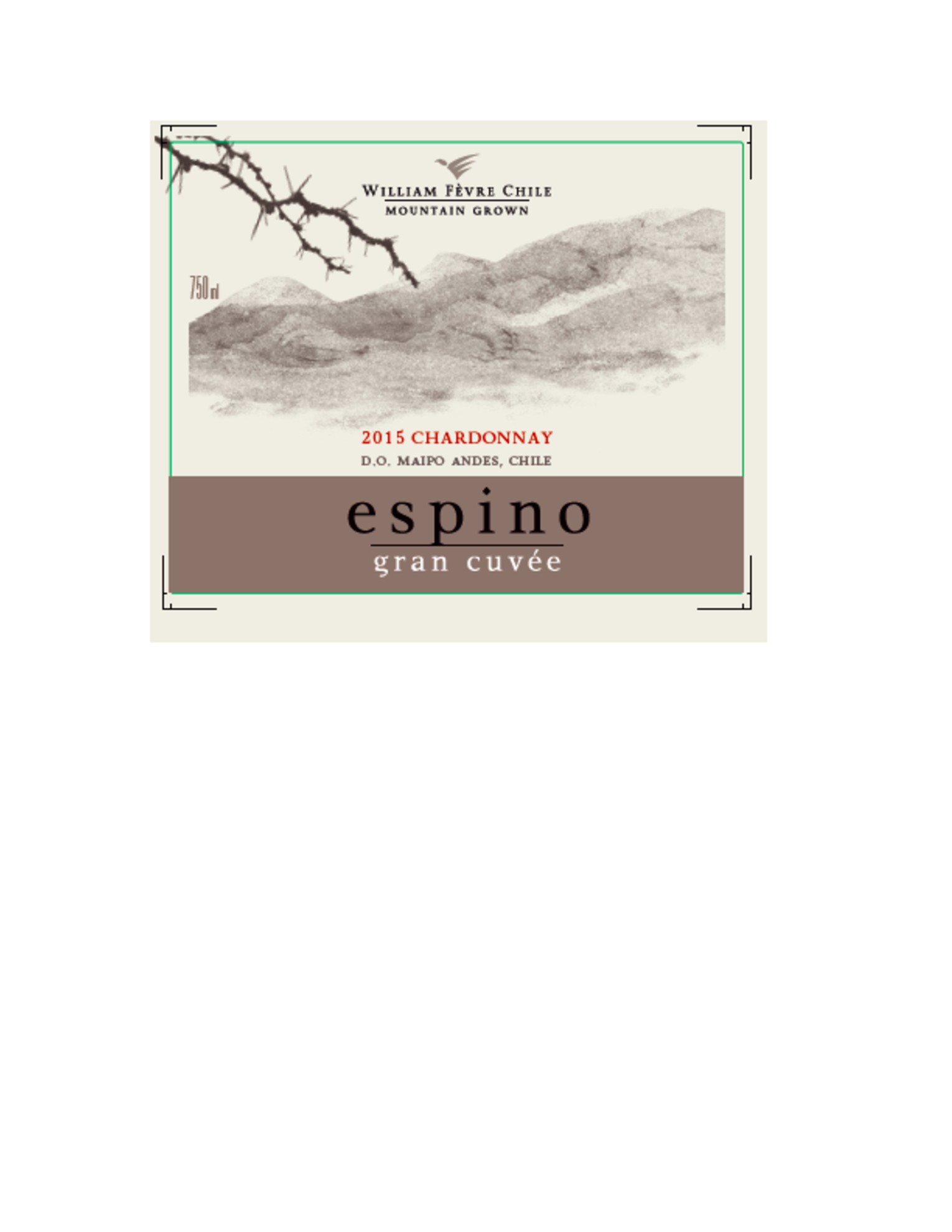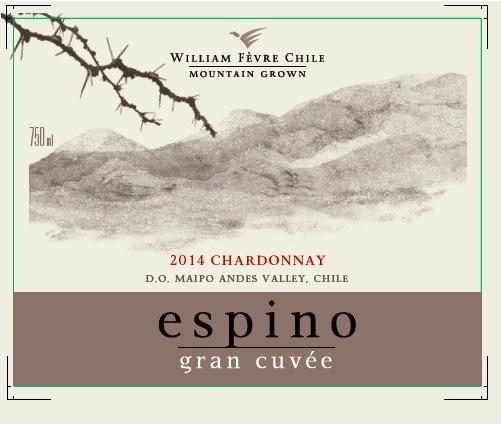Terroir of Maipo Valley
Maipo Valley enjoys a Mediterranean climate with hot, dry summers and cool winters, thanks to the Andes. The region receives less than 400 mm of rain annually, relying heavily on irrigation from the snow-fed Maipo River. Significant day-night temperature changes, especially in the east, help maintain grape acidity, crucial for producing well-structured wines. The valley's diverse soils range from deep alluvial clays and silts in the central areas to rocky, well-drained colluvial soils in Alto Maipo, influencing vine vigor and berry concentration.
Vineyards vary in elevation from 200 to 760 meters, with higher areas benefiting from cooler nights and brisk winds, enhancing tannin structure. Lower terraces produce riper fruit. The combination of sun exposure, elevation, and soil types creates distinct microclimates, contributing to the valley's reputation for rich, flavorful wines.
Notable Wineries in Maipo Valley
The renowned Maipo Valley, just south of Santiago, is a cornerstone of Chilean viticulture, home to some of the country's most esteemed wineries. Key players include:
-
Concha y Toro: Established in 1883, this iconic estate is known for its Casillero del Diablo brand and high-end wines like Don Melchor. Its Maipo vineyards produce celebrated Cabernet Sauvignon.
-
Viña Santa Rita: Founded in 1880, it blends historic architecture with diverse wine offerings from Reserva to luxury cuvées. Visitors enjoy cultural exhibits and dining on-site.
-
Viña Cousiño Macul: This family-run winery, dating back to the mid-1800s, is famous for its classic Cabernet Sauvignon and Carmenère, offering a dive into Chile's wine heritage.
-
Viña Undurraga: Known for its diverse range, including sparkling wines and the Terroir Hunter line, it showcases both tradition and innovation.
Sustainable Winemaking in Maipo Valley
In the heart of Chilean winemaking, Maipo Valley champions sustainability with the Wines of Chile Sustainability Code. This voluntary certification emphasizes environmental stewardship, social responsibility, and economic viability. Producers in this region, renowned for its Cabernet Sauvignon blends, are increasingly adopting water and energy conservation techniques to address limited rainfall. Efficient drip irrigation, solar energy, and energy-saving technologies are common, helping to mitigate the impacts of climate change.
Organic and biodynamic farming practices are on the rise, with a focus on soil health and biodiversity. Many estates recycle and compost grape pomace, and employ alternative packaging to reduce waste. By preserving cultural heritage and ensuring fair labor practices, Maipo Valley combines modern efficiency with a deep respect for its rich winemaking traditions, ensuring a sustainable future for the region's iconic vineyards.
Wine Tourism in Maipo Valley
Wine tourism in Maipo Valley offers a rich tapestry of experiences for enthusiasts. Renowned wineries like Concha y Toro and Santa Rita provide guided tours through vineyards and historic cellars, offering tastings that highlight the region's celebrated Cabernet Sauvignon and more. Just a short drive from Santiago, visitors can explore scenic routes with views of the Andes, combining wine visits with activities like hiking and rafting in Cajón del Maipo.
Many estates feature on-site dining, serving local specialties paired with their wines. The valley also hosts festivals and events year-round, celebrating the grape harvest with music and traditional food. Cultural adventures abound, with opportunities to visit crafts markets and enjoy horseback rides through vineyards. The Maipo Valley seamlessly blends wine, nature, and culture for an enriching experience.



